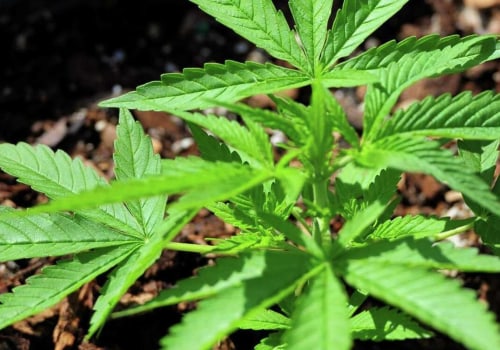Although dependent on the environment, golf courses are often criticized for their negative impact on their environment. From groundwater pollution caused by fertilizers and pesticides to the loss of natural habitats and wetlands, concerns are great. There are many ways in which golf harms the environment, right from the start. To develop a golf course, for example, large amounts of clearing are required, often resulting in deforestation.
According to the Seattle Journal of Environmental Law, it's relatively common for developers to destroy entire ecosystems in the process. And, in the process of clearing all this land, heavy machinery emits large amounts of greenhouse gases. Nearby waterways may also be affected. Golf courses also offer a large area of habitat with dark vegetation in an otherwise illuminated landscape.
This habitat is essential for nocturnal animals, as well as for many birds and invertebrates. But the serious argument against golf is empirical and undeniable. The construction and maintenance of golf courses are detrimental to fragile ecosystems around the world. Its proliferation as the international hobby of the leisure class is multiplying the problem, and its approval by governments and societies personifies the wasteful and defamatory approach to development that is reproduced in miniature in millions of suburban gardens.
They concluded that golf courses improve surrounding communities in the same way as city parks or open green spaces. Golf courses and the corresponding tourist and retirement communities demonstrate a preference for carefully crafted imitations of nature and small-town life to reality, and impose landscape and architectural standards that are better suited to the climate of the northeastern United States than to the solar belt, Where development is booming. This comes when the Sleaford Golf Club in Lincolnshire recorded wildlife on its course during the November closure, and the club reported finding 41 species of birds instead. Also in Utah, according to CNN, Salt Lake County's 30 golf courses consume about 9 million gallons of water a day in the arid state of Utah.
The second, a US study of 135 golf courses in Minnesota, found that they offer significant benefits to the local environment, in particular the surrounding temperatures, pollinate, retain nutrients from stormwater and biodiversity. Meanwhile, The R&A, the ecological association BIGGA and the bird charity RSPB are going to “explore opportunities for collaboration to increase awareness and support for biodiversity conservation on golf courses”. Golf resorts are increasingly located in or near protected areas or areas where resources are limited, aggravating their impacts. However, in a country accustomed to regular forest fires, courses are being adapted by trying to capture water when it rains a lot, to be used to irrigate courses or even to put out fires.
Golf courses require an enormous amount of water every day and, as with other causes of excessive water extraction, this can lead to water shortages. Groups like Audubon International recognize that people are not going to stop playing golf completely, so they are taking steps to preserve the game and the environment. But if the city's golf courses are opened to the public, it's vital that they don't do it at the expense of its biodiversity. While they offer players the opportunity to get some fresh air for a few hours, the fields are often planted in beautiful natural areas, in beautiful mountain valleys, in picturesque deserts, or with stunning ocean views.
Well-watered and well-maintained golf courses often offer milder conditions that produce better scores and nicer television images, but Els and Woods took the opportunity to praise another approach that will become the norm as courses seek sustainable practices. .






